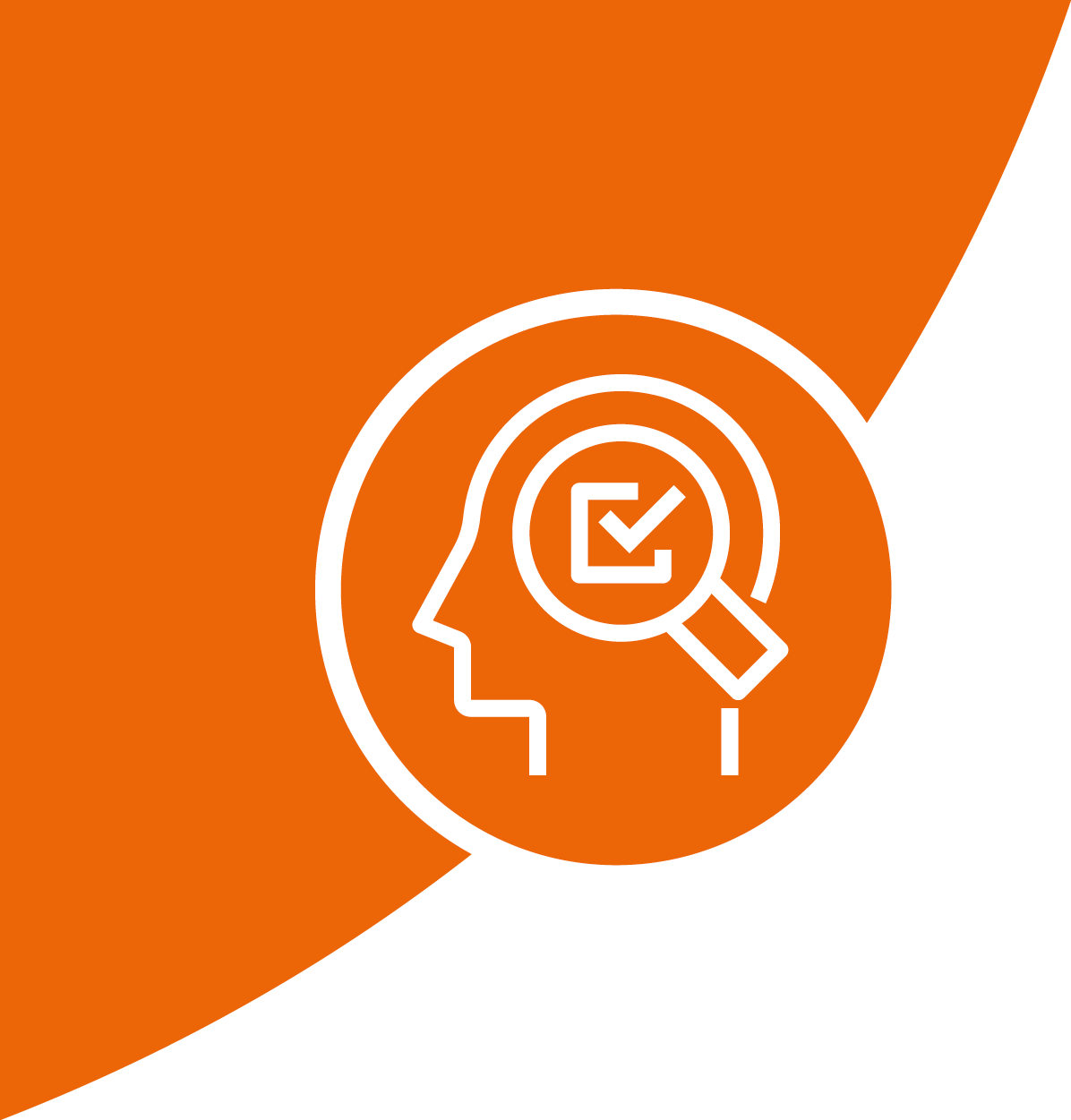Ethics Framework and Guidelines:
Table of Contents
Ethics Framework and Guidelines »List of Abbreviations »Preamble »Introduction »
Part I: General Consideration »On ethics »General considerations on ethics »Ethical assessment procedures and the ethics review »On participation »General considerations on participatory practices »Experiences with the ethics framework »
Part II: Tools & Guidelines »A. How should participatory processes be structured? »B. Which type of activity is targeted by the participatory process? »C. Which types of participants are targeted? »D. What are ethical issues and risks? »E. How can equal and meaningful dialogue be fostered? »F. How should participatory processes be monitored & reflected upon? »
Glossary »EC Reference Documents »Endnotes »

F. How should participatory processes be monitored and reflected upon?


ACTION F1:
Monitor and collectively reflect on the participatory process and outcomes
To safeguard ethical aspects of participation, it is important to monitor potential issues during the implementation and evaluation of a process, as laid out in action-set D. This can be done using qualitative and quantitative performance indicators and through continuous feedback from participants. Continuously and collectively reflecting upon expected or unexpected performances and outcomes will help to improve ongoing and future participatory processes. Expectations may be adapted if needed, following a possible deviation from pre-set monitoring indicators.
This action is complementary to A2 and A3

ACTION F2:
Reflect on the following aspects
- Verify if and how matters of representation and inclusion are/were addressed throughout the participatory process.
- Consider the balance of input from participants in the decisions made during participatory processes.
- Determine whether the goals of the participatory process will be or have been achieved. Identify how the biases of your participatory activities affected the process and its results.

ACTION F3:
Launch a transparent process allowing participants to interact and reflect
Depending on the scope of the participatory activity and organizational capabilities, a collective reflection on the participatory process helps to develop an understanding of the participants’ experiences. This can for instance be achieved through a short focus group or survey. Such feedback should be used as the main assessment of the process, indicating potential needs for improvement.

ACTION F4:
Communicate how the input of participants is used
Reflect on the input of participants, its added value, and how it did (not) feed into outcomes. Why and how were certain decisions made? Communicate this to participants, and ensure they feel valued. In some cases, this may include a financial compensation (see also action D) or an official acknowledgement.

ACTION F5:
In view of future reference, all reflections answering the framework’s actions could be documented and saved
It may be beneficial to document stakeholders’ answers for the benefit of future participation activities. This also helps with accountability.
SHOWCASE
All pilots reflected upon their participatory process and recruitment efforts. They reflected on their challenges, success stories, and lessons learned. Many of these insights emerged from collective reflections on participants’ experiences. These insights were documented for future use. For example, CDTI concluded that they needed a slight change in the scope of their participatory process to reshape the societal impact of their funding efforts.
INFORMED CONSENT IN THE CONTEXT OF DIGITAL TECHNOLOGIES
In the last two decades, the notion of informed consent (IC) has gained prominence in the context of technology development and use. It is increasingly agreed that new and emerging technologies come with potential risks that will only emerge through their use. Some ethicists of technology have therefore proposed to see the application of these technologies as a kind of research with human participants, with similar principles applying as in more traditional research. However, where it is relatively clear whose consent is needed in research with human participants, the group of people potentially affected by new technologies cannot clearly be demarcated. In such situations, a more collective equivalent of informed consent is needed, such as the requirement for oversight by some democratically legitimized regulatory body28.A clear application of the principle of informed consent showing its limitations in broadly deployed technology is the use of cookies on websites. Under EU regulation, websites either ask visitors to accept or reject cookies, or they are explicitly warned that by using the website, they are also consenting to the use of cookies. However, if people want or need access to a website, they are often forced to accept cookies. Similarly, through deceptive or overwhelming design, users are often intentionally disincentivized from engaging with the process and as such not truly ‘informed’. This points to a huge challenge for digital technologies in particular: in our digitalized world, there is immense pressure to use particular technologies in order to participate in society, while such use is often tied to surveillance and the collection of personal data. This issue will presumably be exacerbated by the wide deployment of AI and especially AI assistant technologies with deep insight into the lives of individuals. As such, it is essential to develop these digital technologies and relevant governance structures in a transparent and privacy-sensitive way. Approaches like human-in-the-loop design, trustworthy AI and explainable AI aim to make the technology itself more sensitive to important ethical values, rather than placing the responsibility for ethical functioning of the technology with the user.
Table of Contents »